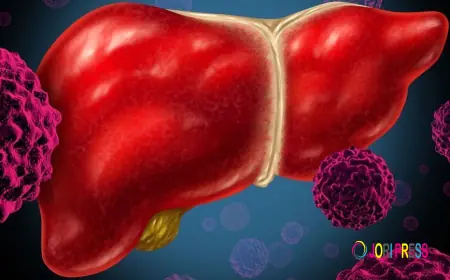Government asks corporate companies to complement its efforts in addressing water scarcity in rural communities


Kumi, Uganda | THE INDEPENDENT | The government has asked corporate companies to back up the government’s efforts to develop water infrastructure in water-constrained regions in the country to end the suffering of the communities living in such areas.
According to the state minister for Energy, Engineer Oplot Okasai, there is a need for effective solutions, such as improving groundwater management, investing in infrastructure, and implementing community-based approaches to water use.
He made the remarks while commissioning nine community boreholes in Kumi District, which the Uganda Breweries constructed to serve over 5,000 residents in both Kumi and Apac Districts.
The 5 boreholes in Kumi will benefit residents of Apuda, Kabwangasi, Kapasak, Oseera, and Acera villages. Meanwhile, the 4 boreholes in Apac District were installed in Ayago Central, Amitenge/Omele, Iwal Village, and Baralop Cell.
“Addressing water scarcity is a critical measure in terms of supporting economic development, poverty reduction, and public health, and achieving this requires collaborative efforts from national and local governments, the private sector, and community stakeholders,” said Okasai.
The Minister, who doubles as the Member of Parliament for Kumi County, said the residents have been walking an average of 3.5 kilometres to access the nearest water source, and the newly commissioned borehole will provide relief to the locals.
Sheila Sabune, the Uganda Breweries Corporate Relations Director, said: “Through our Water for Life program, we are not just fulfilling our commitment to replenish the water we use in our brewing process, but we are also addressing a fundamental human need that impacts education, health, and economic opportunities for entire communities.”
The water scarcity in Kumi District has had severe consequences for the local population. Long distances to water sources have contributed to increased school absenteeism and dropout rates, while exposure to contaminated water sources has led to higher incidences of waterborne diseases, including diarrhea, dysentery, and typhoid






















































